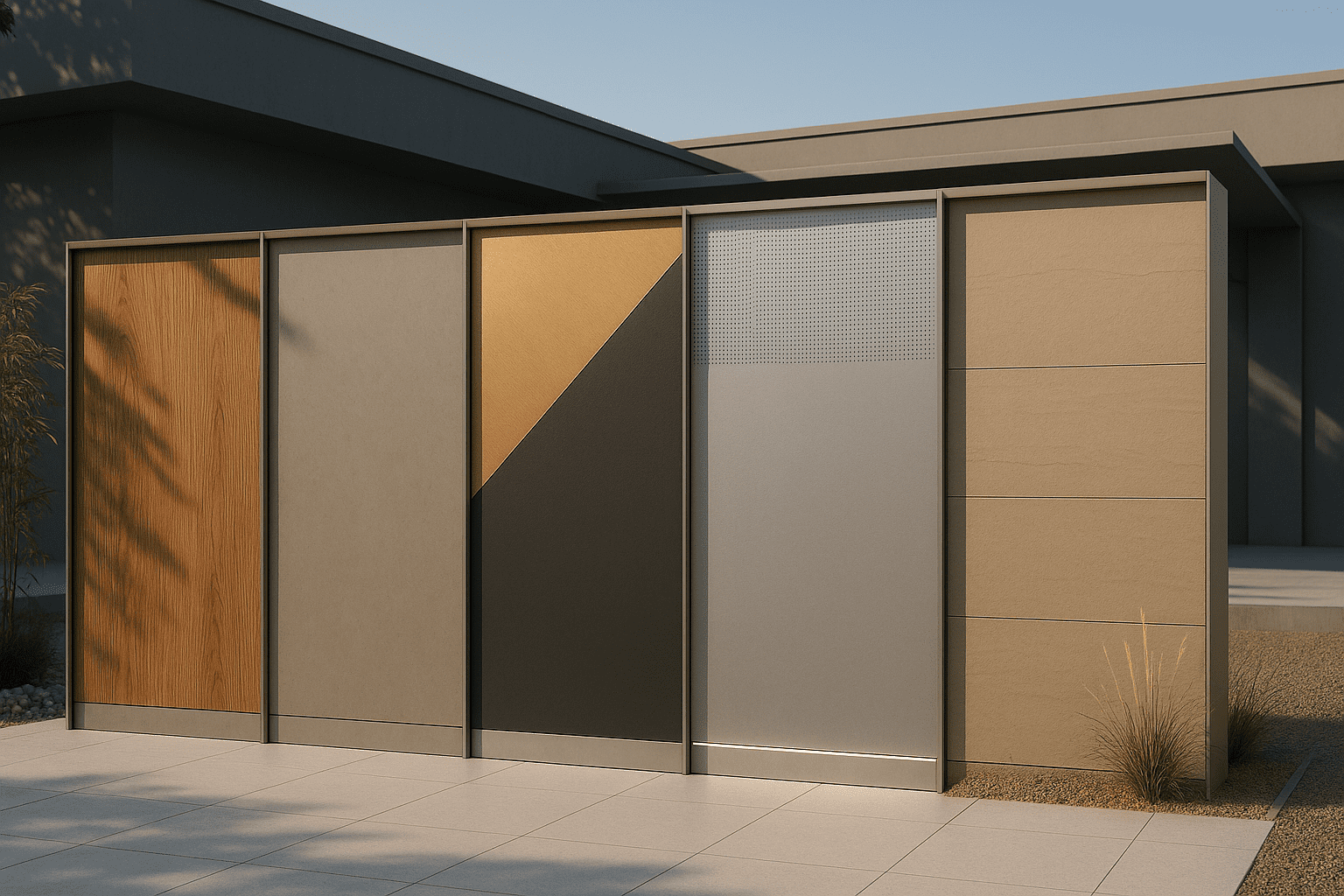Introduction: What’s Next in Facade Design?
From boutique villas to smart city skyscrapers, the way we treat our exteriors is changing fast. HPL cladding is no longer just about durability — it’s a design statement. And as 2025 takes shape, the trends in exterior HPL are bolder, smarter, and more sustainable than ever.
Let’s explore the top innovations and aesthetic shifts shaping the future of architectural facades, powered by Samrat HPL.
1. Biophilic Finishes: Nature-Inspired Aesthetics
Designers are reaching back to the roots — literally. Textured woodgrains, stone visuals, and earthy tones are dominating exteriors, blending modern buildings with their environments.
- Wood-look HPL with weatherproof strength
- Matte sandstone textures for soft minimalism
- Digital printing of bamboo, terrazzo, or bark patterns
Nature is back, and it’s never looked more refined.
2. Oversized Panels & Seamless Surfaces
Bigger is bolder. 2025 will see the continued rise of large-format HPL panels, creating uninterrupted, sleek surfaces across elevations.
- Fewer joints, cleaner sightlines
- Efficient installation with less hardware
- Minimalist appeal for luxury facades
This is where form meets function with dramatic impact.
3. Color Blocking & Contrast Play
Architects are embracing contrast. Think charcoal grey clashing beautifully with brushed gold, or bold whites framed with midnight black. Samrat’s HPL lineup now includes dynamic duotone palettes built for maximum curb appeal.
- Custom color matching
- UV-stable pigments
- Non-fading matte finishes
Color isn’t just back — it’s louder and prouder.
4. Tech-Infused Cladding: Smart & Functional
Welcome to the era of intelligent surfaces. HPL is evolving with embedded functionalities:
- Antibacterial coatings for public buildings
- Solar-reflective pigments to reduce heat gain
- Sensor-compatible surfaces for lighting or security
Form is catching up with futuristic function.
5. Climate-Specific Engineering
India isn’t one-size-fits-all. Leading HPL brands like Samrat are now crafting region-specific collections based on:
- Local temperature ranges
- Humidity exposure
- Salt air resistance for coastal use
This localization means better performance — and smarter architecture.



